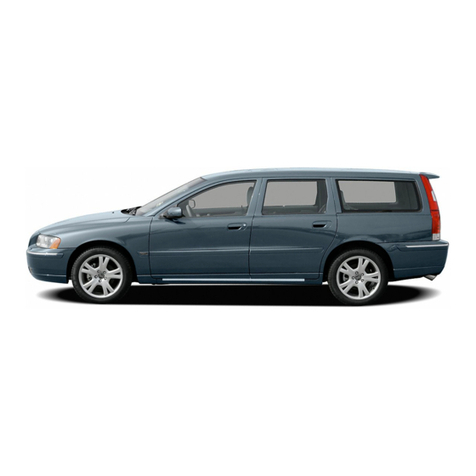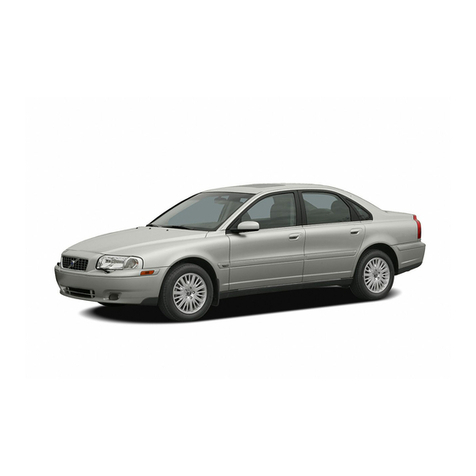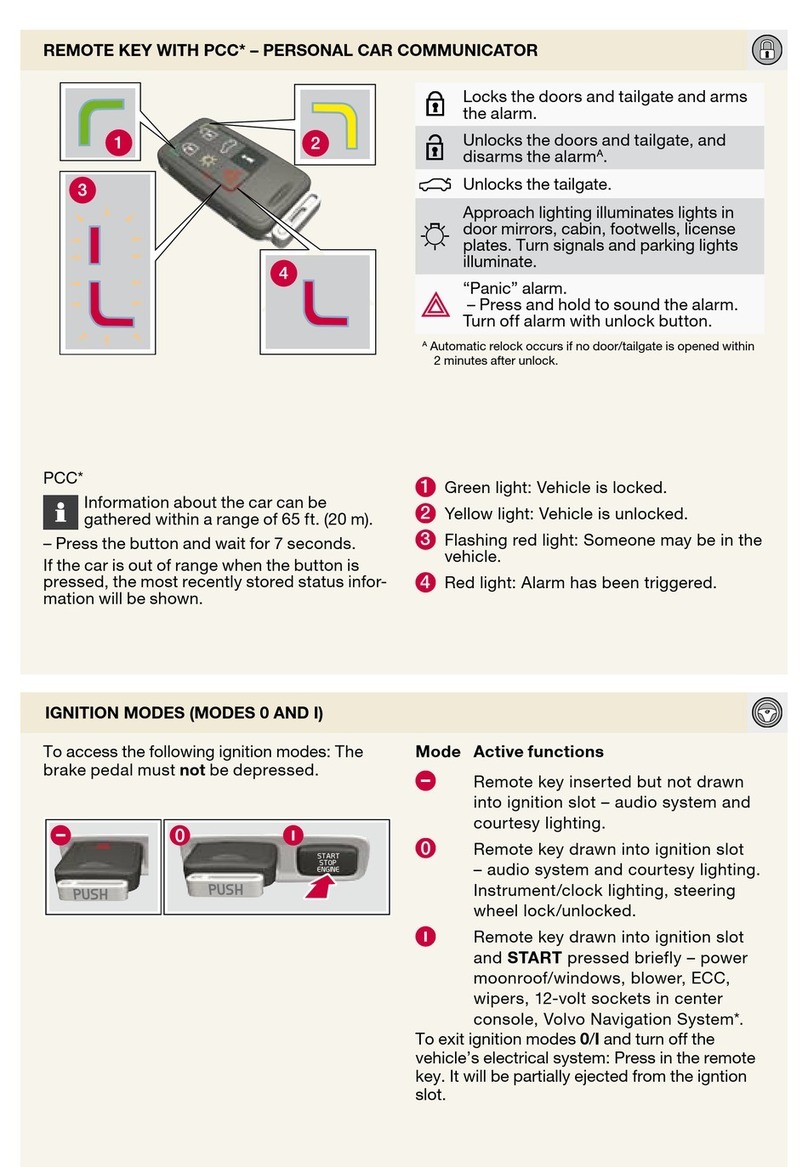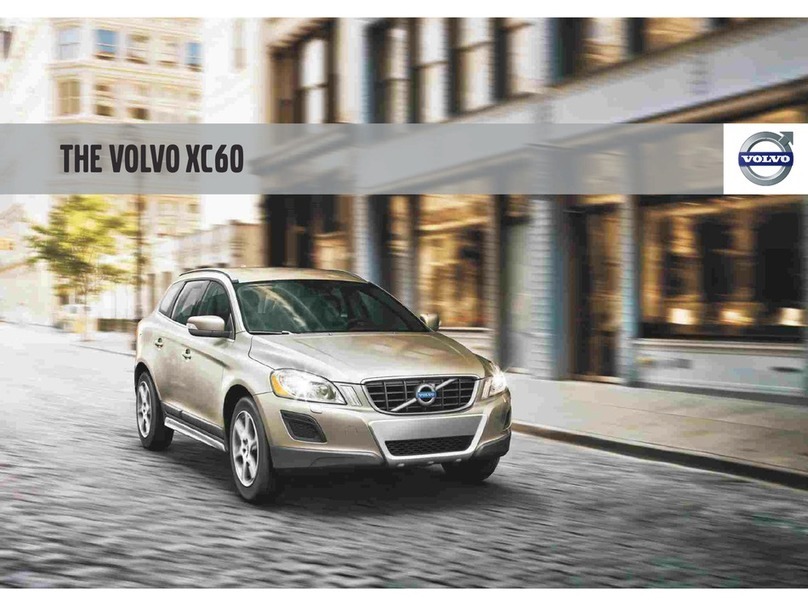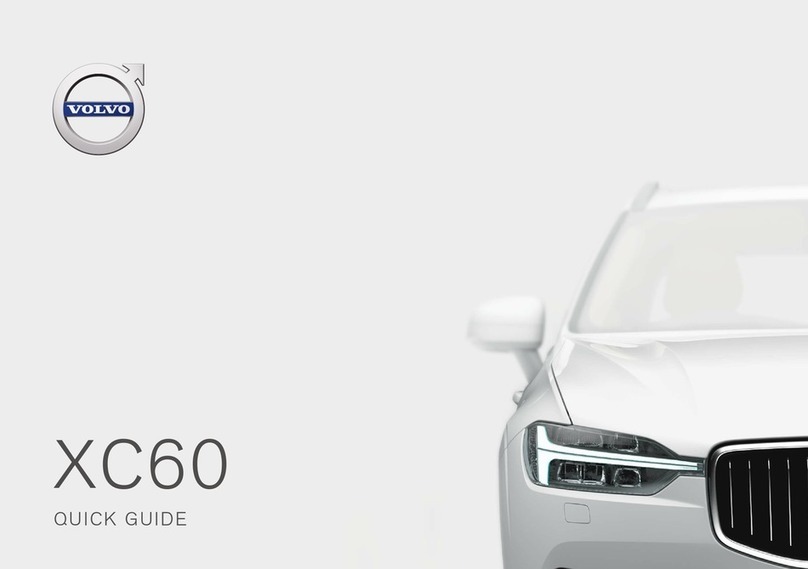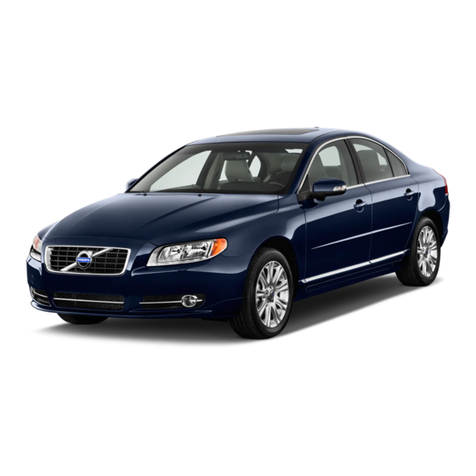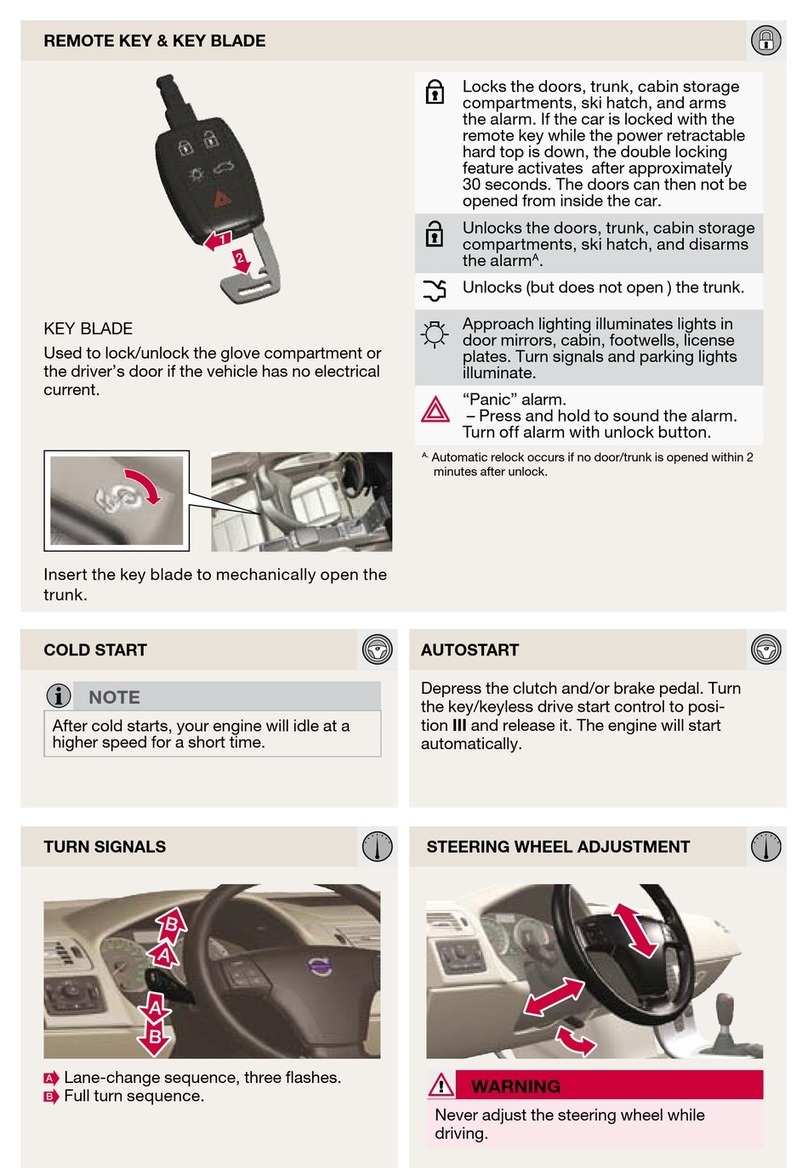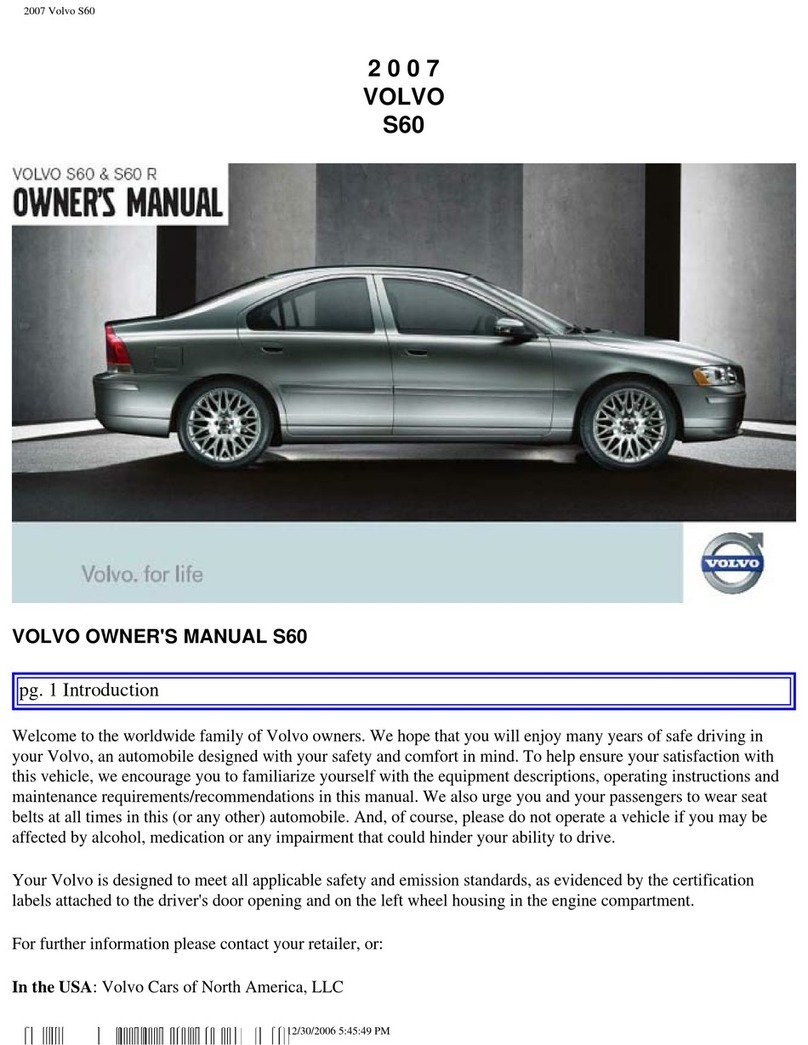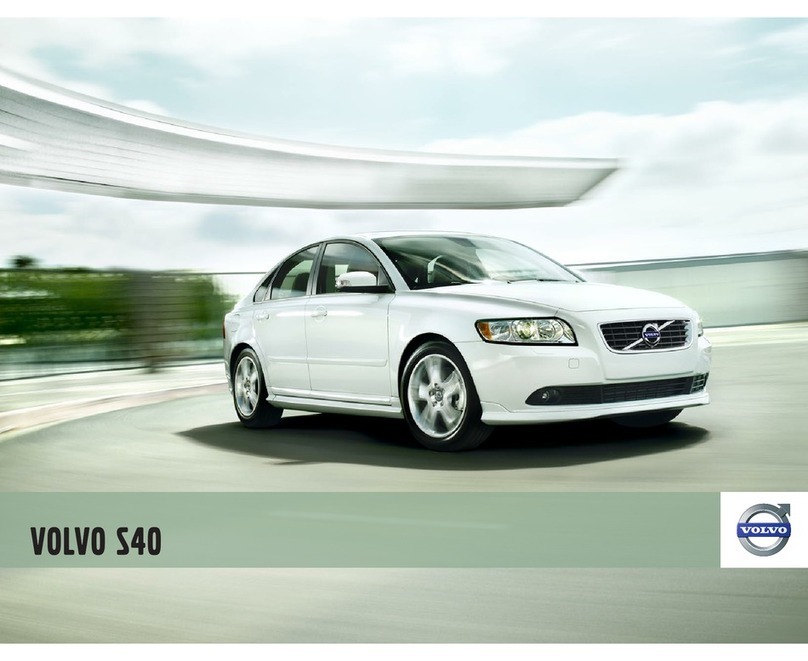
EBA – EMERGENCY BRAKE ASSIST
Emergency Brake Assistance helps to increase
brake force and so reduce braking distance.
EBA is activated when the driver brakes sud-
denly. When EBA is activated the brake pedal
depresses a little more than usual.
– Press (hold) down the brake pedal for as long
as necessary – all braking ceases if the pedal
is released.
CAR CARE
Handwashing is gentler on the paintwork than
an automatic car wash. The paintwork is also
more sensitive when it is new. For this reason,
handwashing is recommended during the first
few months with a new car.
Use clean water and a washing sponge.
Remember that dirt ad grit can scratch the
paintwork.
DRIVER SUPPORT SYSTEM
CITY SAFETY™ AND COLLISION WARNING
WITH AUTO BRAKE*
City Safety™ is a function for helping the driver
to avoid a collision when driving in queues,
amongst other things, when changes in the
traffic ahead, combined with a lapse in attention,
could lead to an incident.
The function is active at speeds up to 30 km/h
and helps the driver by monitoring the traffic
ahead with a laser sensor fitted on the upper
part of the windscreen.
City Safety™ can help avoid a collision if the
speed difference between your car and the
vehicle in front is less than 15 km/h.
If the speed difference is greater then a collision
cannot be avoided, but the speed of the initial
impact is reduced. City Safety™ is designed to
be activated as late as possible in order to avoid
unnecessary interventions.
WARNING
The driver is always responsible that the
vehicle is driven properly and with a safety
distance adapted to the speed.
City Safety™ is a driver tool and can never
replace the driver's attention to the traffic or
the responsibility to drive the vehicle in a safe
manner.
City Safety and Collision Warning with Auto
Brake must never be used as a substitute for
the foot brake. These functions do not work
in all traffic, light, weather or road conditions,
and can only see pedestrians who have clear
body contouring and are taller than 80 cm.
Warnings and brake interventions for pedes-
trians are switched off above 80 km/h.
ADAPTIVE CRUISE CONTROL*
Do not use the adaptive cruise control in, for
example, city traffic, in dense traffic, at junc-
tions, on slippery surfaces, with a lot of water or
slush on the road, in heavy rain/snow, in poor
visibility, on winding roads or on slip roads.
See the owner's manual, section "Comfort and
driving pleasure", for more information about
these functions.
